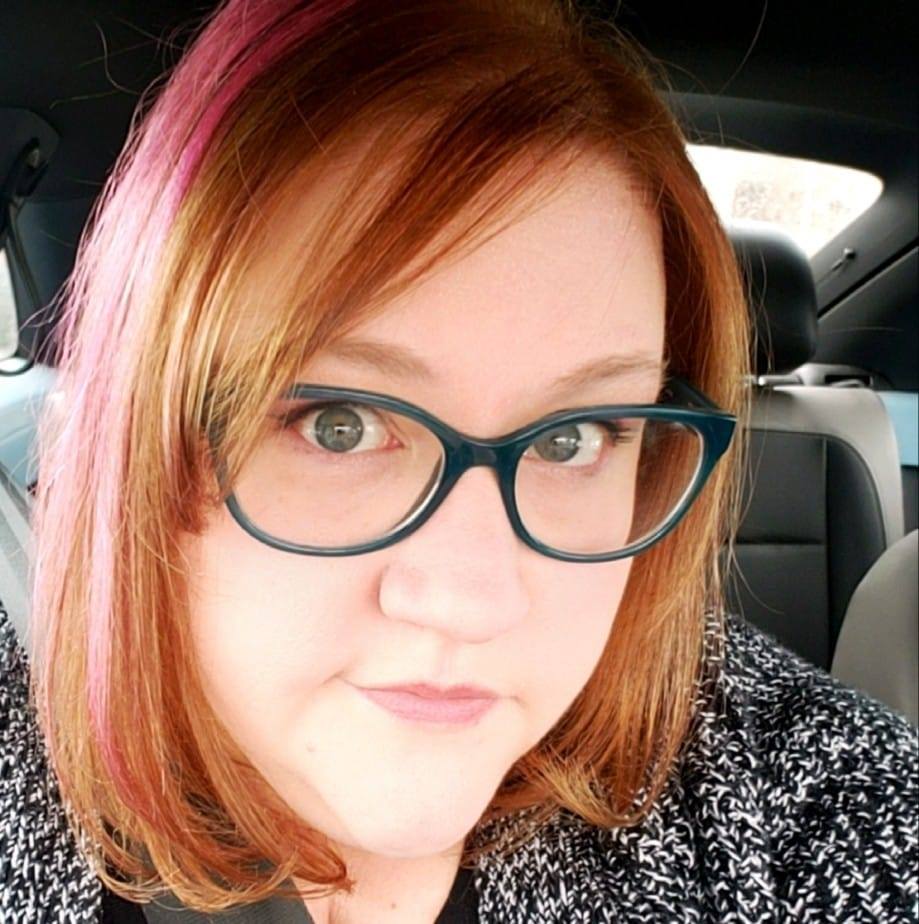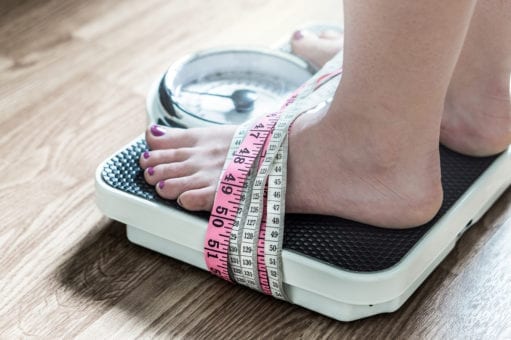Anorexia Statistics and Studies
Anorexia nervosa is an eating disorder that affects millions of people in the United States, but it’s very misunderstood. For many of us, our knowledge of anorexia nervosa comes from made-for-TV movies, reading about celebrities who have had anorexia, or maybe reading an article in the news or a magazine here and there. And so, many of us have misconceptions about anorexia nervosa, its seriousness, its prevalence, and who is affected. Many people think anorexia is a disorder that only women get, or that people with higher body weights cannot suffer from anorexia. Some people believe that it’s something more common among white people, or that it’s “just a phase” and don’t take it seriously as a disorder that can kill those who have from it. Even people who treat eating disorders for a living can fall prey to common misconceptions and stereotypes about anorexia nervosa, and medical and psychiatric professionals can miss or dismiss symptoms of this deadly eating disorder in patients. Anorexia statistics can help us understand anorexia nervosa better, identify the causes and risk factors of anorexia, and ultimately provide better support and treatment from those who with anorexia.
Quick anorexia statistics
- At least 30 million people in the United States have an eating disorder
- Households with incomes below the median have a higher prevalence of eating disorders such as anorexia
- People with anorexia nervosa are more likely to die by suicide than the general population
- 53% of people with eating disorders such as anorexia nervosa also have an anxiety disorder
- Anorexia nervosa is more likely to cause death than other eating disorders
- 1.2% of people 15 and older meet the criteria for anorexia nervosa in their lives
- Transgender college students are more likely to have eating disorders like anorexia
- Latinx people are at a slightly elevated risk of anorexia nervosa and extreme dieting
- Anorexia is slightly less prevalent among Black people, but when present, it takes longer for them to receive a diagnosis
- 50-80% of the risk of an eating disorder like anorexia is genetic
- 67% of people with anorexia have a traumatic event that precipitates their eating disorder
- The best known contributor to anorexia nervosa is body dissatisfaction
- Eating disorders like anorexia are the most common chronic illness in adolescent females
- Only one-third of individuals with anorexia receive treatment for it
- Anorexia nervosa has the highest mortality rate of any mental illness
Where anorexia studies fall short
Unfortunately, the anorexia statistics and studies we have available fall short of giving us a full picture. That’s because science often reflects our biases as a culture. With eating disorders like anorexia, the result of our cultural perception of anorexia disproportionately affecting certain demographics is that we have far more data that focuses on women and white people than we do other demographics. Studies of anorexia and other eating disorders are scarce or non-existent for trans and non binary people, Black people, Latinx people, and Asian-Americans.
So, while anorexia statistics and studies can help us better understand the seriousness and prevalence of anorexia, we need more diverse and inclusive research. Including more trans, non binary and gender nonconforming people in anorexia statistics and studies will help us understand the relationship between gender and eating disorders. We need studies will more racial diversity as well. Men are an understudied group when it comes to eating disorder research, and we are just beginning to understand how anorexia nervosa affects men. The result of anorexia’s image as a “woman’s disease” means that men are less likely to be diagnosed with anorexia or receive treatment.
The average amount of funding spent on anorexia research per affected individual is just $10. (Compare that to $900 per affected individual for “obesity” research.) More inclusive anorexia statistics and studies are sorely needed to understand what causes anorexia in different populations how anorexia nervosa affects people of all gender identities, races, economic status, and weights. The more we know about anorexia, and how it effects people from different demographics and background, the better equipped we are to provide evidence-based treatment.
Anorexia nervosa in people with higher body weight
One of the interesting things we know about men with anorexia is that many patients developed anorexia later in life, and were previously higher weight in childhood and young adulthood. However, current diagnostic criteria for anorexia nervosa in fifth edition of The Diagnostic and Statistical Manual of Mental Disorders (DSM) make low weight a necessary condition for a diagnosis. How many women with higher body weights have anorexia nervosa, but remain undiagnosed, and thus not included in anorexia statistics? The diagnostic criteria has made progress in removing some language that made it far easier to diagnose anorexia in women (such as missing menstrual periods) but the criteria is still biased against individuals with higher body weights. This is a problem that needs to be address both in diagnostic guidelines and research in order to provide treatment for those who have anorexia.
 Linda Gerhardt works in nonprofit technology by day, creating content, blogs, and training materials for the nonprofit sector. By night, she is a freelance writer focusing on Health at Every Size, Intuitive Eating, and fat activism. She runs a blog called Fluffy Kitten Party where she writes about health, weight discrimination, and diet culture. She lives in Northern Virginia with her husband and their adopted pets.
Linda Gerhardt works in nonprofit technology by day, creating content, blogs, and training materials for the nonprofit sector. By night, she is a freelance writer focusing on Health at Every Size, Intuitive Eating, and fat activism. She runs a blog called Fluffy Kitten Party where she writes about health, weight discrimination, and diet culture. She lives in Northern Virginia with her husband and their adopted pets.
